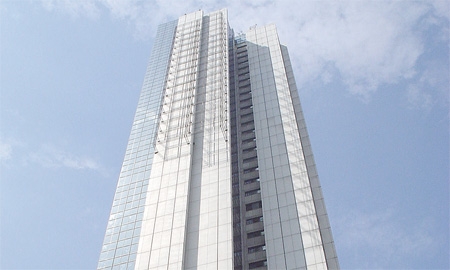Industrial development has skyrocketed in Cauca Valley. The wide variety of activities and projects it is involved in and the powerful companies that are based in the area have enabled multiple industrial areas to consolidate. In addition to 14 products the region already develops – including sugarcane, special coffees, tourism and health – four more industries recently have taken off. Bio-industry, environmental services and technologies, ICT (information and communication technology), BPO (business process outsourcing), and the aerospace industry have become a part of the region’s development as well. These industries in Cauca Valley have found an effective way to reduce costs and provide efficient productivity.
Cali has maintained its stability and remained the part of the department that has the most influence, and in recent years there have been no signs that show this will soon change. In 2005, the commercial sector took first place having 46% of the registered updated companies. Industry and real estate activities came in second and third places respectively. With these percentages, and the fact that this area is highly influential, Cali has converted itself into the motor of development and a source for generating jobs.
Industrial development in the Cali region has had so much success because its leading companies have gone through extensive processes to modernize their technology in order to be more competitive. As a result of this, the potential of this region is surfacing thanks to the participation of numerous companies.
Maria Fernanda Mejia, president of leading battery manufacturer MAC, entered the company in 1985. She has since made her main focus “to renew energy and protect the environment” with the batteries that are produced in her factories. MAC batteries contain lead-free acids, which is in accordance with the characteristics to meet global standards.
MAC batteries make up around 54% of the national market for batteries and provide 91.5% of original battery equipment to the most prominent factories in the country. It is the leading producer in Colombia and the Andean Community.
More than 40% of vehicles that are made in the Andean Region for the main Japanese, American, and European brands use MAC batteries.
Ms. Mejia has been at the head of the company during its expansion and development. Thanks to her team’s commitment to the job, the plan to construct the biggest battery plant of the country and region was executed.
Due to MAC’s environmentally friendly products, in 1995 they were awarded by General Motors for being the best provider of conventional batteries in the world. They have also been recognized for being the only company in Colombia with the technology to recycle 100% of batteries of any brand.
Other important contributors in the Cali region include heavyweight companies such as Centelsa, Sidoc, Manuelita, Tecnoquimicas, Smurfit, Carvajal, Colombina, Belleza Express, Coomeva, Incauca.
Within all of these companies, efforts are being made to improve the Cauca region and to strengthen its economy and various sectors. Activities the companies focus on include taking iron and steel scraps and recycling them for the fabrication of products, producing sugar at the highest level of quality, producing bio-ethanol gas, manufacturing cardboard and paper, thus creating more job opportunities and to improve quality of life for the region’s families.
These powerful companies, and those still growing and expanding in the Cali region, develop their projects and reach the goals that each has set. The support in the Cauca Valley by all of these companies shows their commitment to prove the economy to have more potential now than ever before. 
0 COMMENTS